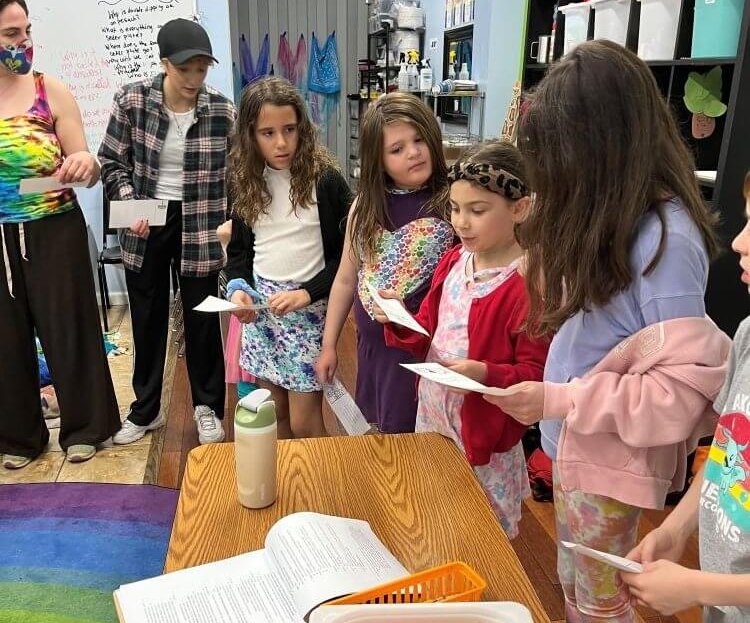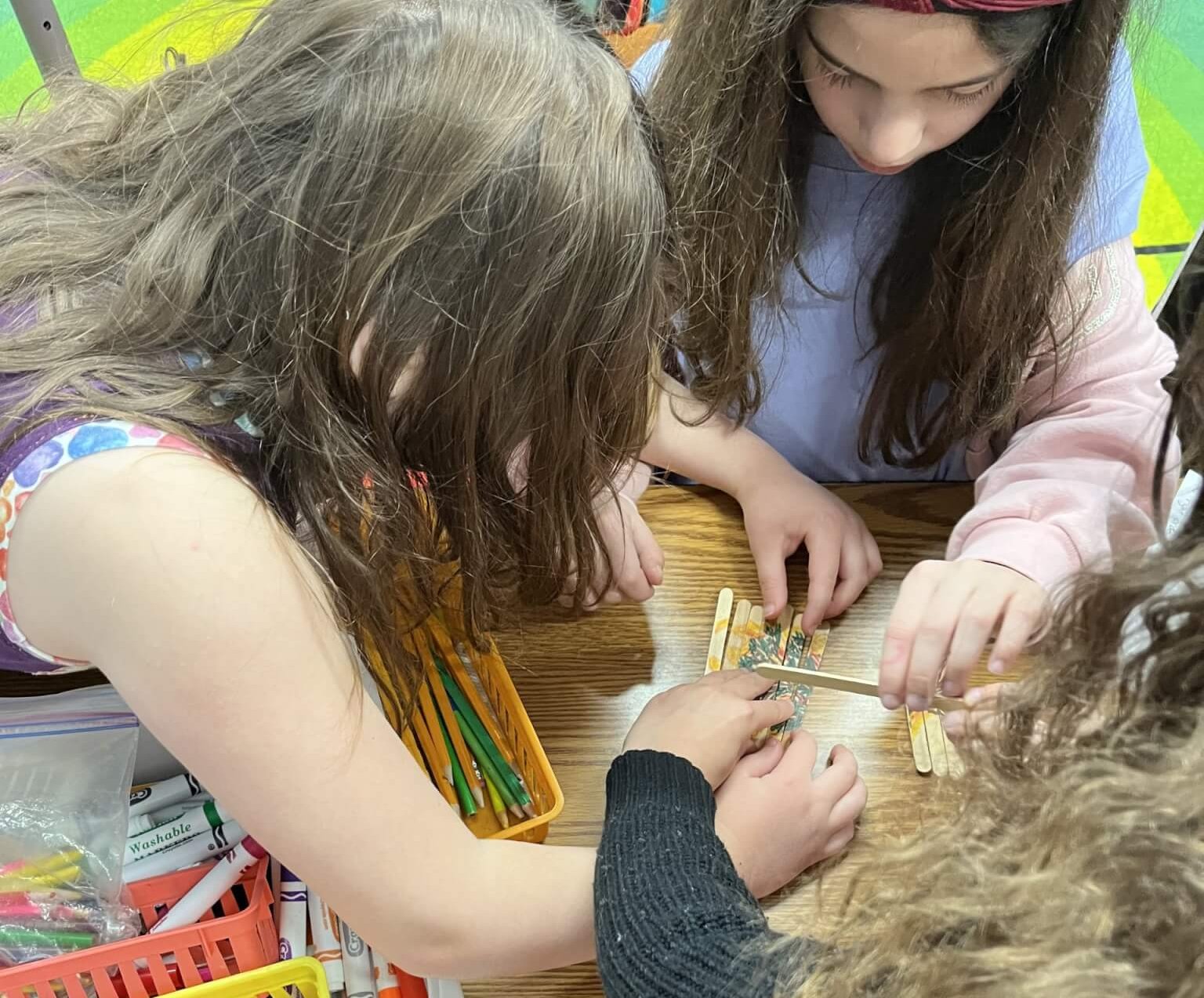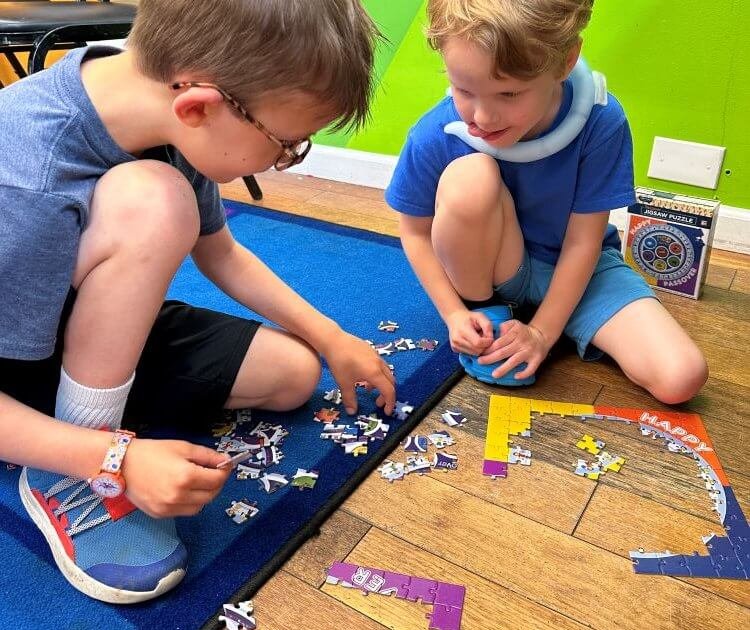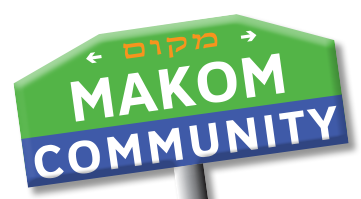
We hope you all had a sweet Pesach and enjoyed some time contemplating and answering the myriad of Pesach-related questions your kiddos came up with. One of my favorites was: “Do we have to eat matzah just because Bnei Yisrael’s (the Jewish people’s) bread didn’t rise while they were leaving Egypt? Why can’t we just know about the story and eat regular bread anyway?” The short answer to any Jewish practice “do we have to” question is no, we don’t. What’s going to happen to you if you eat hametz (leavened stuff) on Pesach, or if you don’t light candles before Shabbat, or if you don’t pause to make a brachah (blessing) before you eat something? Nothing!
But focusing on the “have to” perspective is looking at mitzvot as commandments – you must do X – and leads beautifully into why at Makom Community we try to look at mitzvot as opportunities. What opportunities come from spending a week eating matzah because in Bnei Yisrael’s journey from slavery to freedom the bread didn’t rise? What do we get out of lighting Shabbat candles or making brachot over our food? How can these practices connect us to ourselves, to God or a higher power, to our families and communities, to Jewish people throughout the world and throughout time?

Pesach is designed to be a super experiential holiday. We’re invited to see ourselves as though we personally left Egypt. Our learners might have noticed this in how we end our retelling of this story in Tefilah: Prayer, Music, and Movement with the line “And as WE left, this is what WE sang.” How does the celebration and appreciation of freedom change if we’re the ones actively leaving slavery and not just remembering that some other people once did? Here are some ways we experienced the journey to freedom at Makom Community over the last few weeks:

At our School’s Out Camp day on April 10, kiddos participated in a room escape-style scavenger hunt, finding clues and solving puzzles to get from “slavery in Egypt” in one room through the “Red Sea” (aka a moveable wall divider) to freedom on the other side. They started with ordering the elements of the leaving Egypt story, found Moshe talking to God in a burning bush, told Pharaoh to “let my people go!”, pieced together the 10 plagues, gathered for a meal consisting of the Pesach offering, and followed a pillar of cloud across the sea to freedom.

Later that week, some Nitzanim (3rd-4th graders) taste tested a variety of vegetables that can be used as karpas (green vegetable) and marror (bitter herbs) during a seder (festive, ordered Pesach meal). They tried parsley, cilantro, scallion, potato, asparagus, and celery and determined which one reminded them most of springtime. Then they chose from horseradish root, prepared horseradish, regular radish, and romaine lettuce and contemplated which one was most bitter to them or might remind them most of the hardship of slavery. Some kiddos experimented with the different vegetables in different combinations to achieve the best effect.

During Pesach itself, kiddos got to experience the joy of a little extra freedom. Rather than having an afternoon of our usual learning, we went to Greenfield playground for outdoor tefilah and to run and enjoy the springtime.
As we move towards the end of the school year, we hope you enjoy the expansiveness, warmth, and freedom of the season.
